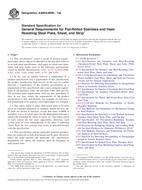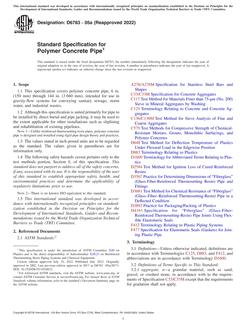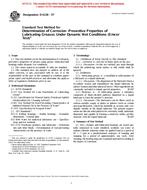1.1 The purpose of this guide is to assist users and producers of nonconventional tests in determining the applicability of the test for processing different types of samples and evaluating the accuracy of the results. Conventional procedures such as the Heterotrophic (Standard) Plate Count, the Most Probable Number (MPN) method and the Spread Plate Count are widely cited and accepted for the enumeration of microorganisms. However, these methods have their limitations, such as performance time and degree of accuracy. It is these limitations that have recently led to the marketing of a variety of non-conventional procedures, test kits and instruments.
1.2 A conventional test is one that is widely accepted and published as a standard microbiological method or related procedure. A new, nonconventional test method will attempt to provide the same information through the measurement of a different parameter. This guide is designed to assist investigators in assessing the accuracy and precision of nonconventional methods intended for the determination of microbial population densities or activities.
1.3 It is recognized that the Heterotrophic Plate Count does not recover all microorganisms present in a product or a system
1.4 Since there are so many types of tests that could be considered nonconventional, it is impossible to recommend a specific test protocol with statistical analyses for evaluating the tests. Instead, this guide should assist in determining what types of tests should be considered to verify the utility and identify the limitations of the nonconventional test.
Product Details
- Published:
- 11/01/2006
- Number of Pages:
- 3
- File Size:
- 1 file , 71 KB
- Redline File Size:
- 2 files , 140 KB


